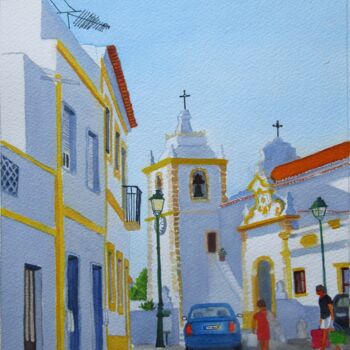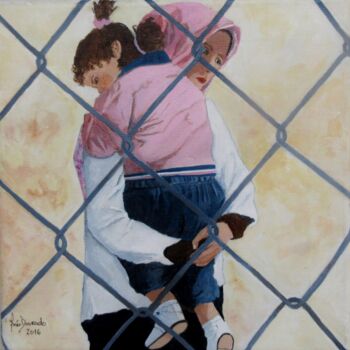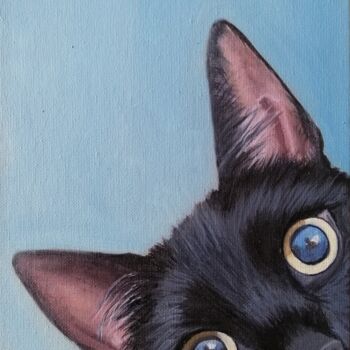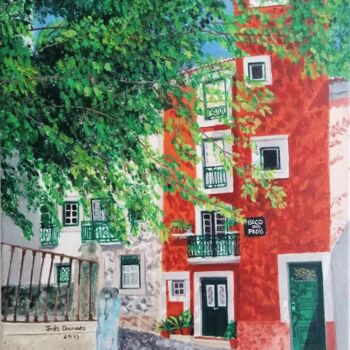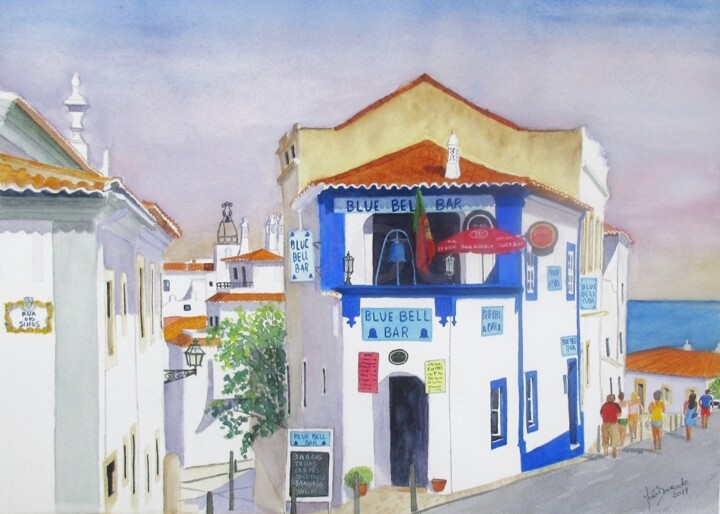

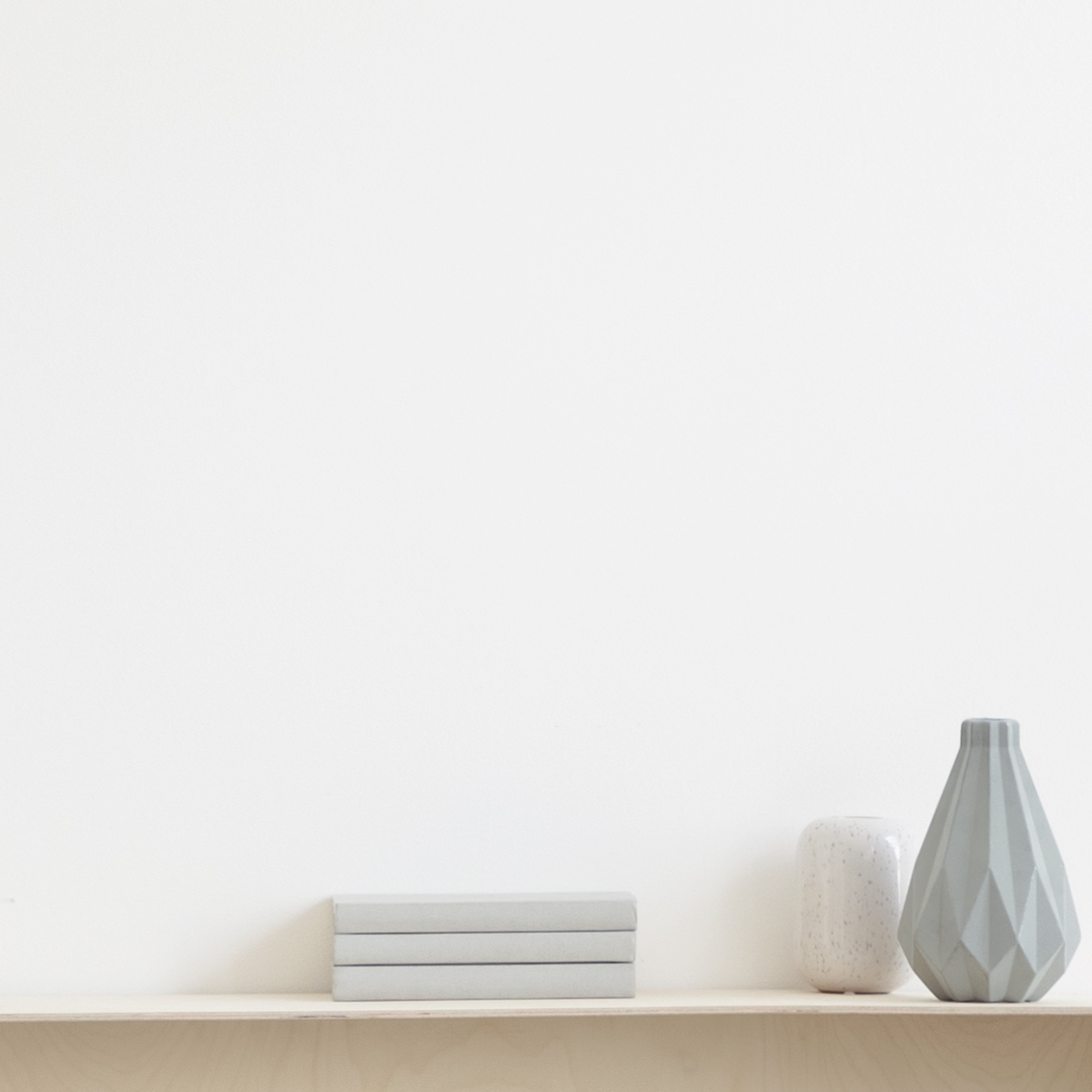
Let us know if you would like to see more photos of this artwork!
- Back of the work / Side of the work
- Details / Signature / Artwork's surface or texture
- Artwork in situation, Other...
Rua dos Sinos (Bells' Street, Albufeira, Algarve) (2017) Painting by Inês Dourado
More info
- Packaging (Envelope) All artworks are shipped with a premium carrier, carefully protected and insured.
- Tracking Order tracking until the parcel is delivered to the buyer. A tracking number will be provided so that you can follow the parcel in real-time.
- Delay Worldwide delivery in 3 to 7 days (Estimate)
- Customs not included The price does not include customs fees. Most countries have no import tax for original artworks, but you may have to pay the reduced VAT. Customs fees (if any) are to be calculated on arrival by the customs office and will be billed separately by the carrier.
More info
- Trackable Online Certificate of Authenticity Authenticity Certificates can be verified online at any moment by scanning the artwork code.
- Artist Value Certification Experts study the work and career of an artist then establish an independent and reliable average price value. The average price value situates the artist on a price range for a given period. The experts may also be asked to establish a more precise estimate for a particular work.
More info
100% secure payment with SSL certificate + 3D Secure.
More info
-
Original Artwork (One Of A Kind)
Painting,
Watercolor
on Paper
- Dimensions Height 11.4in, Width 15.6in
- Artwork's condition The artwork is in perfect condition
- Framing This artwork is not framed
- Categories Paintings under $1,000 Figurative Urban
ALGUMA HISTÓRIA: Nesta aguarela represento uma das ruas mais conhecidas de Albufeira e um dos seus bares mais antigos e típicos, que se localiza praticamente ao lado da Igreja Matriz de Albufeira. Albufeira é uma cidade portuguesa pertencente ao Distrito de Faro, região e sub-região do Algarve, com cerca de 40 000 habitantes. Mas na época balnear o número de habitantes aumenta , tal como em todas as vilas e cidades do Algarve. A partir da década de 1960, Albufeira tornou-se numa grande estância turística de renome internacional. A localidade foi elevada a cidade através de lei de 23 de Agosto de 1986. Não se tem certezas sobre a origem da cidade de Albufeira, no entanto, pelos vestígios existentes é provável que a região já tinha sido povoada em tempos pré-históricos e que o local onde hoje se ergue a cidade teria sido, alguns séculos antes da nossa era, uma importante povoação com o seu porto marítimo. Albufeira foi ocupada pelos Romanos e Árabes: os Romanos deram-lhe a designação de «Baltum». Introduziram uma organização administrativa centralizada e desenvolveram uma intensa actividade agrícola e comercial. Construíram aquedutos, estradas e pontes das quais ainda hoje existem vestígios; os Árabes, que a ocuparam em 716, denominaram-na «Albuar» ou «Al-buhera», que significa «castelo do mar». Estes construíram sólidas fortificações defensivas, tornando-a quase inexpugnável, o que até certo ponto não era infundado, porque Albufeira foi uma das praças que os árabes conservaram por mais tempo em seu poder. O desenvolvimento da agricultura foi notável e verificou-se a introdução de novas técnicas e de novas culturas. Introduziram novos sistemas de irrigação nos campos, salientando-se os açudes e levadas, transformando assim zonas incultas em hortas e pomares. Os Árabes ocuparam esta região portuguesa durante cinco séculos. Albufeira foi o último reduto da ocupação árabe, mas em 1249 o rei português D. Afonso III assinalou a vitória para Portugal. Findos os cinco séculos de presença árabe podemos falar de uma profunda alteração da realidade urbana e rural que ainda hoje constituem verdadeiro legado árabe: avanços nas técnicas agrícolas, as casas brancas com açoteias e as ruas tortuosas, para além de inúmeras influências linguísticas. No início da década de 60, assistiu-se ao nascimento do fenómeno turístico, Albufeira foi procurada por turistas nacionais, mas foi sobretudo com os ingleses que prosperou. Na década de 80, verificou-se um enorme surto urbanístico, tendo a cidade crescido para nascente, local para onde se transferiu a maior parte dos serviços administrativos, incluindo a Câmara Municipal. (Cf.cm-albufeira)
SOME HISTORY : In this watercolor I represent one of the most famous streets of Albufeira and one of its oldest and most typical bars (Blue Bell Bar), which is located practically next to the Igreja Matriz de Albufeira. (Mother Church of Albufeira). Albufeira is a Portuguese city belonging to the District of Faro, region and subregion of the Algarve, with about 40 000 inhabitants. Since the 1960s, Albufeira has become a large international tourist resort. The town was elevated to the city by law of August 23, 1986. There is no certainty about the origin of the city of Albufeira, however, by the vestiges existing it is probable that the region had already been settled in prehistoric times and that the place where the city stands today would have been, some centuries before our Was an important settlement with its seaport. Albufeira was occupied by the Romans and Arabs: the Romans gave it the designation of «Baltum». They introduced a centralized administrative organization and developed an intense agricultural and commercial activity. They built aqueducts, roads and bridges of which there are still vestiges; and the Arabs, who occupied it in 716, denominated it «Albuar» or «Al-buhera» that means “castle of the sea”. These built solid defensive fortifications, making it almost impregnable, which to some extent was not unfounded, because Albufeira was one of the squares that the Arabs kept for the longest time in their power. The development of agriculture was remarkable and the introduction of new techniques and new crops was observed. They introduced new systems of irrigation in the fields, emphasizing the weirs and levadas, transforming thus uncultivated zones in vegetables gardens and orchards. The Arabs occupied this Portuguese region for five centuries. Albufeira was the last stronghold of the Arab occupation, but in 1249 the Portuguese king D. Afonso III marked the Portuguese victory. After the five centuries of Arab presence we can speak of a profound change in the urban and rural reality that still today constitute a true Arab legacy: advances in agricultural techniques, white houses with terraces and tortuous streets, as well as innumerable linguistic influences. At the beginning of the 60's, the tourist phenomenon was witnessed, Albufeira was sought after by national tourists, but it was mainly with the English people that it prospered. In the 1980s, there was a huge urban outbreak, with the city growing to the east, where most of the administrative services, including the City Hall, were transferred.
Related themes
Inês Dourado is a contemporary award-winning Portuguese painter. In Dourado's paintings, one can find the poetic essence of bustling cityscapes and days brimming with both light and shadow. Utilizing a diverse array of mediums, such as acrylic, oil, watercolor, gel pen, and tempera, she skillfully crafts figurative urban landscapes on both paper and canvas.
Inês Dourado was born in 1958, in Portugal. She has a degree in Art History and a Master in History of Contemporary Art from the Faculty of Social and Human Sciences. Dourado exhibited her works in Portugal, Spain and Argentina, and her works are in private collections in Germany, Spain, Switzerland, France, Brazil, China, Australia and the USA.
-
Nationality:
PORTUGAL

- Date of birth : 1958
- Artistic domains:
- Groups: Contemporary Portuguese Artists




